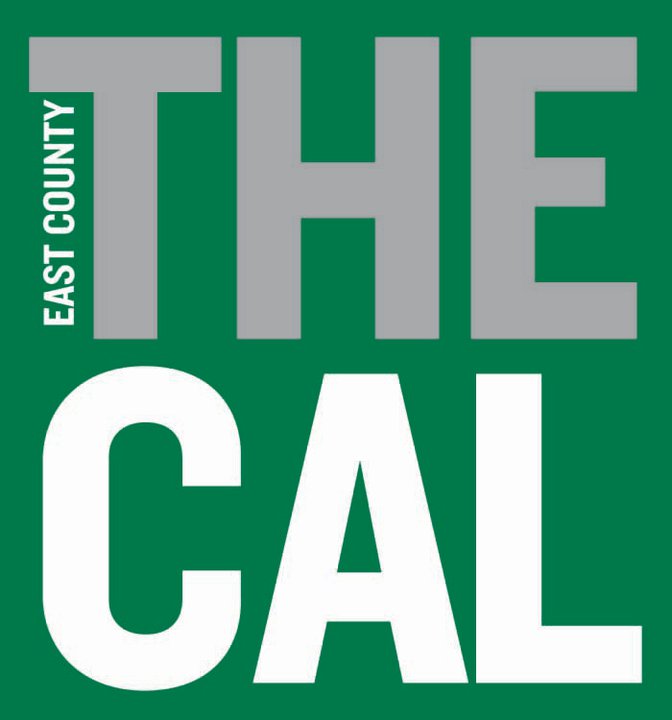Grossmont Union High School District serves more than 21,000 students with14 high schools, adult education and its Regional Occupational Program.
As the governor and legislature work to ratify a budget by July 1 to resolve a $54 billion shortfall due to the pandemic, school district budgets hang in the balance.
GUHSD Deputy Superintendent Scott H. Patterson, Business Services said that the sudden switch to online learning in March did not significantly impact the district’s budget this year as the state did not reduce its payments to school districts.
“However, the state may defer its regularly scheduled June payment to July so we will need to carefully manage cash flow,” said Patterson. “Ironically, we actually are seeing some savings in areas such as energy and fuel costs, although these are minor in comparison to our overall budget. We also received emergency COVID 19 funds from the State that have been useful in offsetting some of the costs in response to the pandemic — Personal Protection Equipment (PPE), sanitation, technology. We did not lay off or furlough any of our employees during this last round of campus closures. Because the state did not reduce our funding for this school year, we maintained our employees and their pay. The budget picture for next year will be very different and we are still awaiting the final state budget before we can fully analyze the impacts to our budget, which could be very significant.”
Patterson said by far the biggest impact to the GUHSD budget will be on the revenue side as “negotiations” are currently underway between the state legislature and the governor’s office on what revenues for school districts will be included in the adopted state budget.
“On the cost side, we will see increased costs for PPE, sanitation supplies and labor, partitioning off and spacing of workstations, and potentially student transportation if our carrying capacity is limited. Much of this won’t be clear until we know what our educational program and health conditions look like as we begin the new school year,” said Patterson.
He said this is a “placeholder” budget showing a $19 million deficit—$241 million total budget—without any defined budget solutions.
“We will await the final state adopted budget, due before the end of this month, revise our revenue projections accordingly, and re-calculate our budget deficit. We will then begin a planning process to develop our budget solutions on that basis, and ultimately ask our governing board to approve the revised budget plan. That timeline could take us well into the September timeframe.”
Patterson said it is too early to know if the district will have any employee layoffs or reductions for the next school year, while awaiting the final state budget so that it can determine the effect on district revenues, overall budget, and employment levels. He said the district had not come up with its own plans in dealing with current budget issues yet, but that it adopted its FY 20/21 budget on June 9 to meet state guidelines with revenues reflecting severe reductions based on the governor’s may revised proposals.
“We anticipate the state budget will be adopted by the end of this month but also expect that revisions may occur after the state receives its tax collections in mid-July so our planning and budget actions may be evolving for many months into the new school year,” he said.
Patterson said school districts rely primarily on funding from the state based on the enrollment and attendance of its students. He added that the state’s revenues are derived from income and sales taxes, both of which have been greatly affected by the pandemic.
“As a result, school districts may receive dramatically lower revenues next year unless additional federal funds are received to offset those losses,” he said. “General obligation bonds, which are approved by a district’s voters, may only be used for facilities construction and modernization purposes and not for general operating expenses so our bond funds can’t be used for our educational program staff or expenses.














